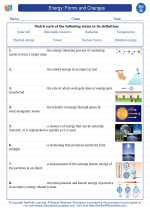Energy: Forms and Changes -> combustion reactions
Combustion Reactions
Combustion reactions are chemical reactions that involve the rapid combination of a substance with oxygen gas, resulting in the release of heat and light. These reactions are commonly observed in everyday life, such as in the burning of wood, the combustion of gasoline in a car engine, and the process of respiration in living organisms.
Key Concepts
- Reactants: The substances that undergo combustion, typically a fuel and oxygen.
- Products: The resulting substances after the combustion reaction, including carbon dioxide, water, and other byproducts.
- Energy Release: Combustion reactions release energy in the form of heat and light.
- Types of Combustion: Complete combustion, incomplete combustion, and spontaneous combustion.
- Importance: Combustion reactions are essential for energy production, heating, and various industrial processes.
Study Guide
To understand combustion reactions thoroughly, it's essential to grasp the following key points:
- Define combustion and explain why it is considered a chemical reaction.
- Identify the general chemical equation for a combustion reaction, including the reactants and products involved.
- Discuss the difference between complete and incomplete combustion, including the environmental and health implications of each type.
- Describe the importance of combustion reactions in daily life, industry, and energy production.
- Provide examples of combustion reactions and their applications in various contexts.
By understanding these concepts and mastering the study guide, you will gain a solid foundation in combustion reactions and their significance in the world around us.
For further practice, you can also explore real-life examples of combustion reactions and conduct experiments to observe and analyze the effects of combustion in different scenarios.
Remember to always prioritize safety when experimenting with combustion reactions, and seek guidance from a qualified instructor or professional when working with combustible materials.
[Combustion Reactions] Related Worksheets and Study Guides:
.◂Science Worksheets and Study Guides Seventh Grade. Energy: Forms and Changes

 Worksheet/Answer key
Worksheet/Answer key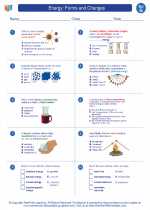
 Worksheet/Answer key
Worksheet/Answer key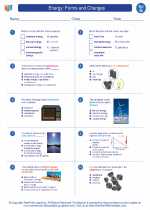
 Vocabulary/Answer key
Vocabulary/Answer key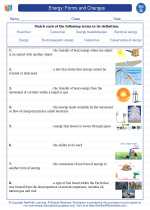
 Vocabulary/Answer key
Vocabulary/Answer key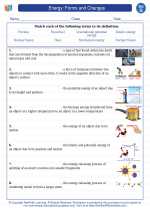
 Vocabulary/Answer key
Vocabulary/Answer key